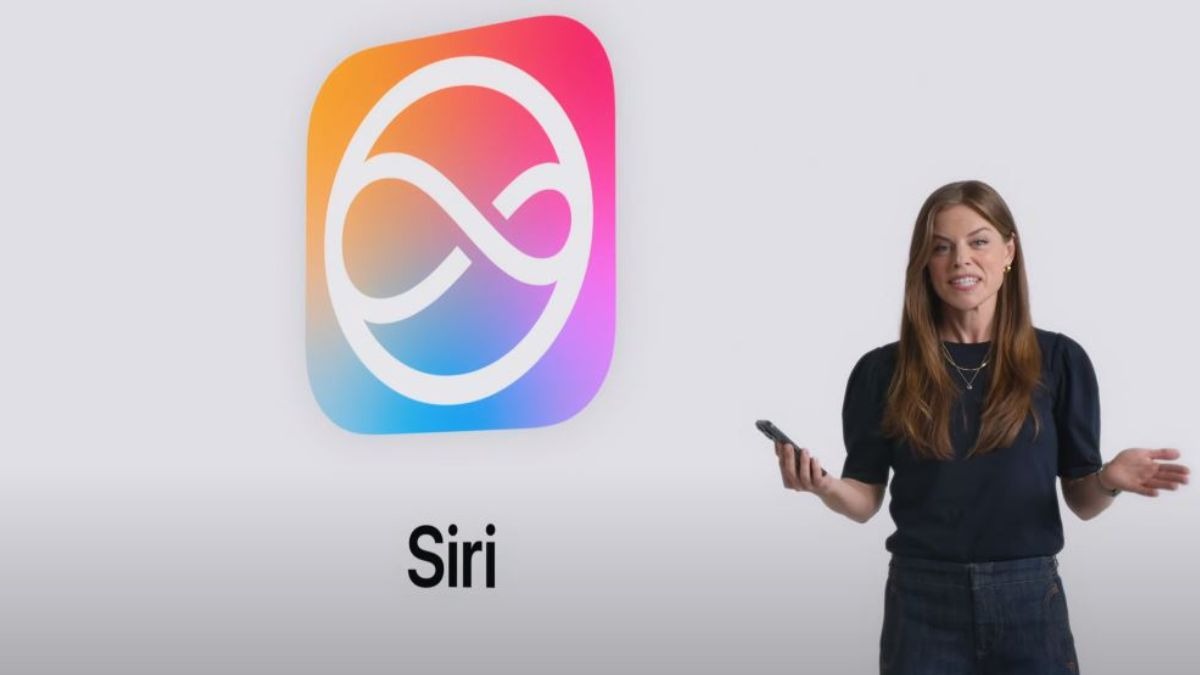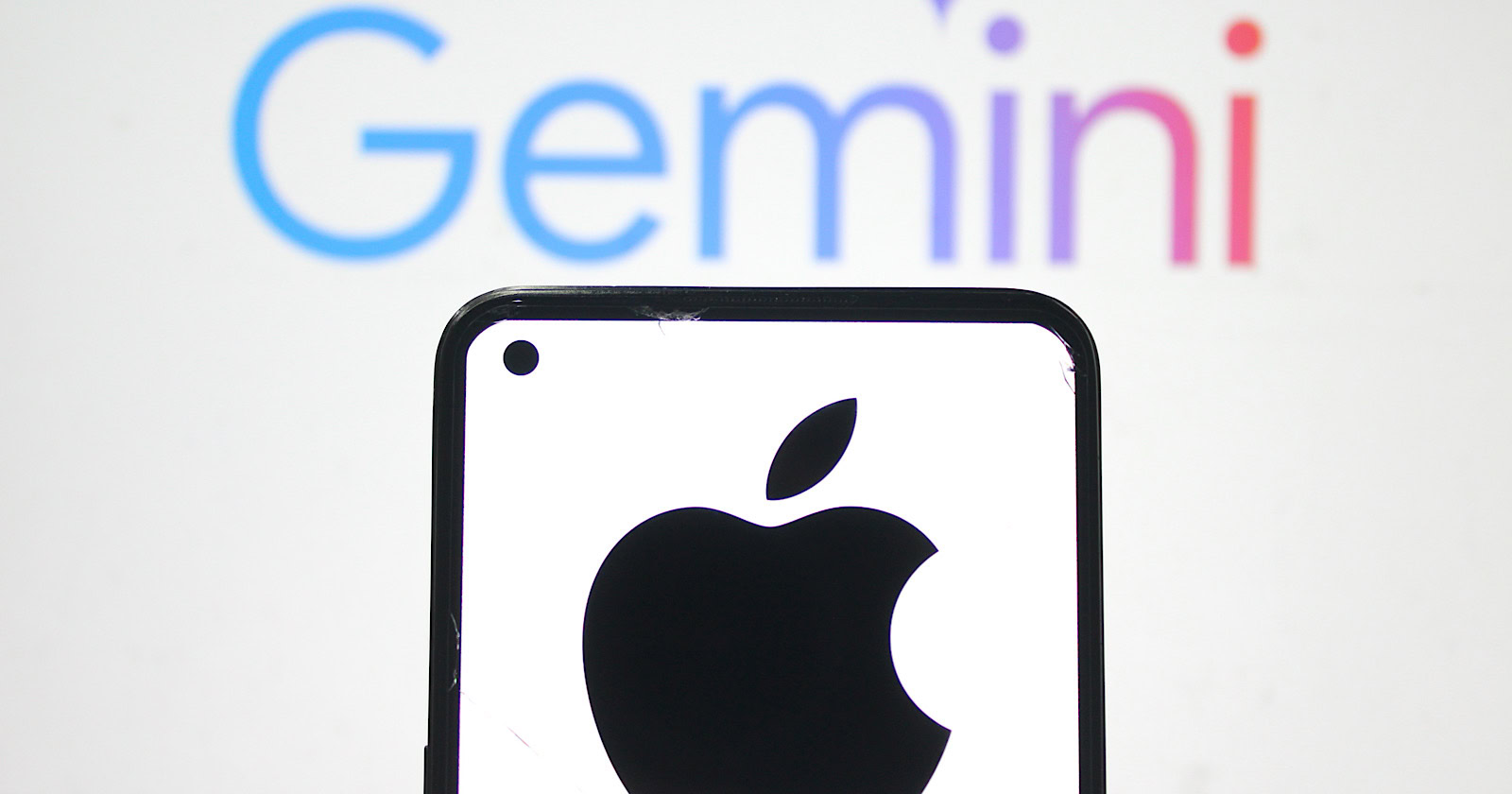Apple Secretly Developing Its Own AI Assistant






Introduction
Apple is quietly working on a major overhaul of its virtual assistant, Siri, as part of its broader AI initiative known as Apple Intelligence. While many users see only incremental updates, behind the scenes Apple is developing a next‑generation AI assistant — internally codenamed projects like “Veritas” — to better compete with advanced chatbots and voice assistants from its competitors. (Tech Times)
1. What’s happening behind the scenes
1.1 Internal chatbot development
According to reports, Apple has an internal chatbot system called Veritas in development, intended to elevate Siri’s capabilities beyond its current state. (The Mac Observer)
Apple is also said to have built its own “foundation models” for on‑device and cloud AI, though these are reportedly still lagging behind the largest models in parameter count and capability. (AIBase)
1.2 Partnership with Google’s Gemini
In parallel, Apple is reportedly in talks — or has already entered a deal — with Google Gemini to license a custom version of Gemini’s model (reportedly ~1.2 trillion parameters) to power the upcoming Siri upgrade. The arrangement would see Apple paying about US$1 billion per year for access to this technology. (India Today)
Critically, Apple plans to run the AI model on its private cloud compute infrastructure to maintain user privacy and keep data under its control. (9to5Mac)
1.3 Launch timeline & ambition
The revamped Siri — powered in part by these new systems — is expected to debut around spring 2026 (with iOS 26.4) and is internal code‑named “Linwood”. (The Times of India)
While Apple still emphasizes that it wants to eventually replace external models with wholly in‑house ones, the current collaboration is seen as a stop‑gap to catch up. (MacDailyNews)
2. Why this matters
-
Competitive pressure: Apple has faced increasing criticism that Siri is behind rivals like ChatGPT, Google Assistant and other advanced AI assistants. This push is critical for Apple to remain competitive in AI. (The Indian Express)
-
User experience & integration: Apple aims to harness its hardware‑software ecosystem (iPhone, iPad, Mac, HomePod) and embed more intelligent, context‑aware AI into everyday tasks — not just voice search but complex multi‑step tasks. (Gizchina)
-
Privacy & control: Apple’s approach emphasises on‑device or privately‑held cloud compute for AI models, aligning with its longstanding privacy narrative. The use of external models comes with Apple’s infrastructure controlling access. (9to5Mac)
-
AI market shift: This move signals that even hardware‑centric companies like Apple are making AI a cornerstone of their future products, not just incremental features.
3. Key challenges and questions
-
Model capability gap: Apple’s own foundation models reportedly have around 150 billion parameters currently, significantly smaller than the 1.2‑trillion‑parameter model from Google that it might license. (BGR)
-
Brand and perception risk: Siri has suffered a reputation for being behind in intelligence and usefulness; Apple needs the upgraded version to deliver to shift perception. (The Indian Express)
-
Execution & timing: Delivering such a massive transformation is complex — the spring 2026 timeline may slip depending on internal progress. Early builds reportedly caused internal concern. (9to5Mac)
-
Dependence on external partner: While Apple wants to build its own models, its reliance on Google’s model raises questions about long‑term independence and brand messaging. (MacDailyNews)
-
Privacy vs capability trade‑offs: Running large language models at high capability often involves cloud compute and data usage; Apple’s promise of privacy will be tested if capabilities require large cloud‑based processing.
4. What it means for users and developers
-
If you’re an iPhone, iPad or Mac user: You may soon get a significantly smarter Siri — able to pull context from apps, interpret natural conversation, summarise content, execute tasks across apps, and possibly integrate deeper with search.
-
For developers: A more capable AI assistant could open new opportunities for app interoperability, voice‑task automation, and AI‑driven features within the Apple ecosystem.
-
For businesses: As Apple increases its AI offering, there may be new enterprise tools built on this smarter assistant or built‑in AI infrastructure that your company might leverage (e.g., via Siri shortcuts, automation, intelligent support).
-
For the AI landscape: Apple’s moves may accelerate AI competition, and the outcomes here may influence regulation, standards, and the user expectation of assistants
Conclusion
Apple’s secretive AI assistant project reflects the company’s strategic shift: turning Siri from a voice‑command gadget into a full‑blown intelligent assistant embedded across its ecosystem. Through a combination of internal R&D (Veritas), licensing of advanced external models (Google Gemini), and emphasising privacy and integration, Apple is attempting a major leap forward.
Still, success is not assured: the technical, timing and perception challenges are large. If Apple pulls it off, however, it could redefine how we interact with our devices and elevate user expectations of voice assistants.
